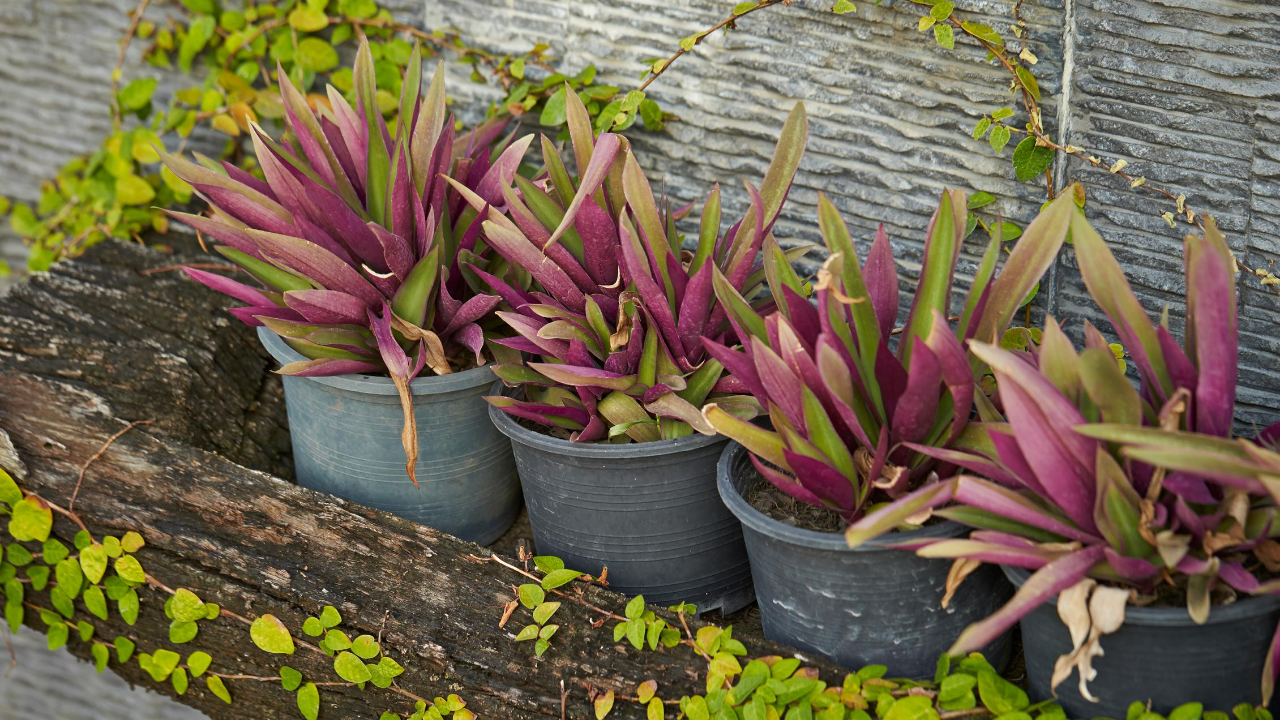
Pots are like little “homes” for your plants. As such, they need to be functional, comfortable, and possibly even beautiful. But above all, they need to be healthy. While most plants will grow better in full soil, you may have pots and containers indoors, on your terrace, patio and even in your garden. So, how can make sure they have a safe place where they can grow happy and in health?
Here are some guidelines for you!
What Is the Difference between a Planter and a Pot?
People may use these two words without distinction and, in effect, the difference is thin. By pot, we usually mean a fairly small indoor container. It does not mean that you must use it only indoors, however; a pot on a balcony remains a pot.

A planter, on the other hand, is a large outdoor container for plants. So, for example, if you walk along a street and you see a big raised bed (often square but not necessarily so) with one or more plants in it, well, that’s for sure a planter, to give you an idea.
Types of Plant Pots
There are deep pots and shallow pots, decorative pots and plain pots, round pots, square pots and even triangular pots. But the key difference between pots is the material they are made of. You will, in the end, choose the size and shape according to your plant and to what visual effect you have in mind.

And the two main materials used nowadays are terracottaand plastic.There are others, of course, even a Wellington boot or an old saucepan can be turned into a pot, but these are the most common and popular.
So, what is the difference between them?
Terracotta Pots
Terracotta pots are the most classical pots of all. They have some major advantages, and they were once the most popular of all:
- They allow the soil and roots of the plants to breathe, as they perspire.
- They allow an exchange of humidity (and even other substances) between the potting soil and the environment.
- They look good.
- They are fairly cheap (cheaper than marble, stone etc. for sure!)
- Last but not least, they are fairly environmentally friendly.
But they do have some disadvantages:
- They break easily.
- They are heavy and not as easy to move as plastic ones.
- They are more expensive than plastic ones.
- Finally, and this is a big problem for many, they tend to cover in mold.
Plastic Pots
Plastic pots are nowadays the most common ones. Just go to a garden center and you’ll see it with your own eyes. They too have some advantages:
- They are very cheap.
- They are very light.
- They are very functional.
And, of course, some disadvantages:
- They do not perspire, and they keep the humidity inside.
- They are not environmentally friendly.
Which Type of Pot is Best for Planting, Terracotta or Plastic?
On the whole, the choice is financial and logistical; if you need a pot for a short time, maybe it is just more convenient to use a plastic one, for example. But I terms of plant health…
Terracotta pots are better for plants that like dry soil and can withstand drought; this is because of course, when perspiring, the soil looses moisture.
Terracotta pots are also better for plants that cannot stand wet soil; because a terracotta pot has pores that allow for evaporation.
How to Prevent Molds from Forming and How to get Rid of Mold
But… as we said, terracotta pots tend to grow molds, so, how can we go about it?
First of all, prevent mold from forming:
- Place your terracotta pots in a well ventilated place.
- If possible, allow the pot to receive direct sunlight on a daily basis.
- Avoid overwatering.
- Spread cinnamon on the potting soil. Yes, cinnamon is a natural fungicide and it will keep molds at bay.
- In case you have plants that are very sensitive to molds, like succulents, sprinkle a thin layer of organic activated charcoal in the potting soil. The best place to put it is underneath the roots of your plant. This will sterilize the soil.
- If you see any mold, spray some neem oil on the pot.
Then, if things go wrong, or if they have gone wrong already…
- Donot use bleach! I can see it on the net as a common remedy. But terracotta absorbs all substances and the releases it slowly. So, you risk poisoning your plants.
- If it is a manageable patch on the outside, just scrape it off.
- Then spray with neem oil.
- If you see that it’s gone onto the internal wall of the pot…
- Remove the plant and all the potting soil.
- Scrape off all the mold you can by hand.
- Soak the pot in an apple cider vinegar solution.
- Allow the pot to dry.
- Repot
CTTO: Shaine Frolicswithfoliage
It’s not hard, as you can see. Nor is it expensive. You just need to know what to do.
Pots and Plants
So, as you can see, choose a pot your plant can call home, then just keep an eye on it, especially if it is terracotta, and, in case, just follow these few easy steps and your plants will thank you with their beauty, lush leaves, flowers and their warm presence!



